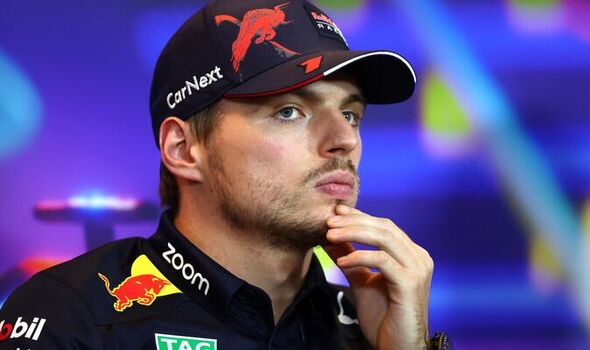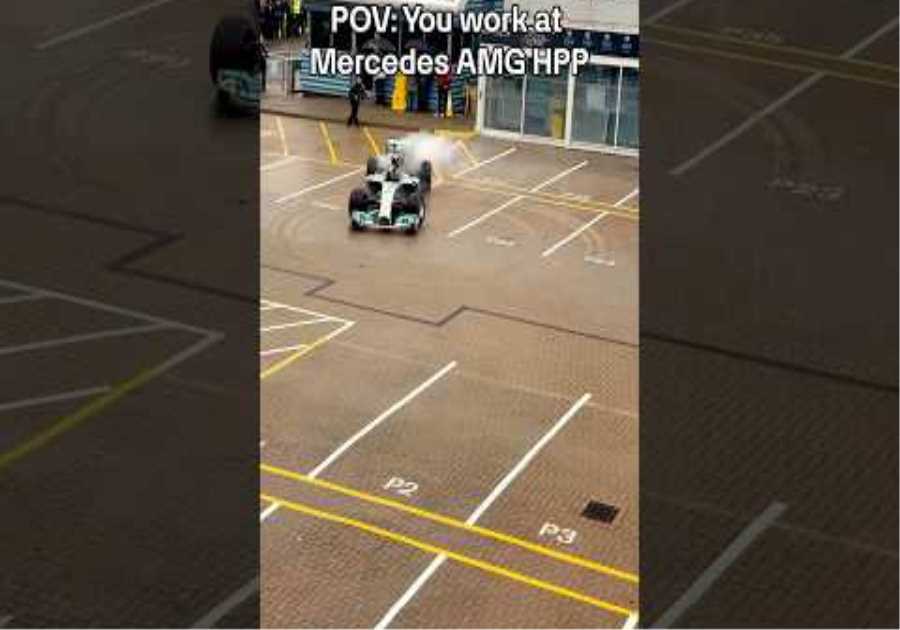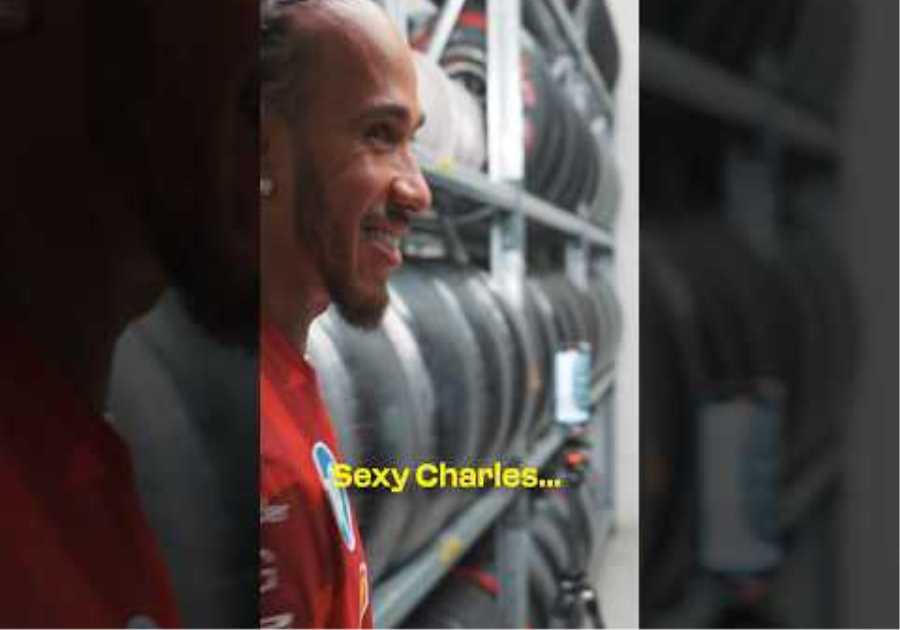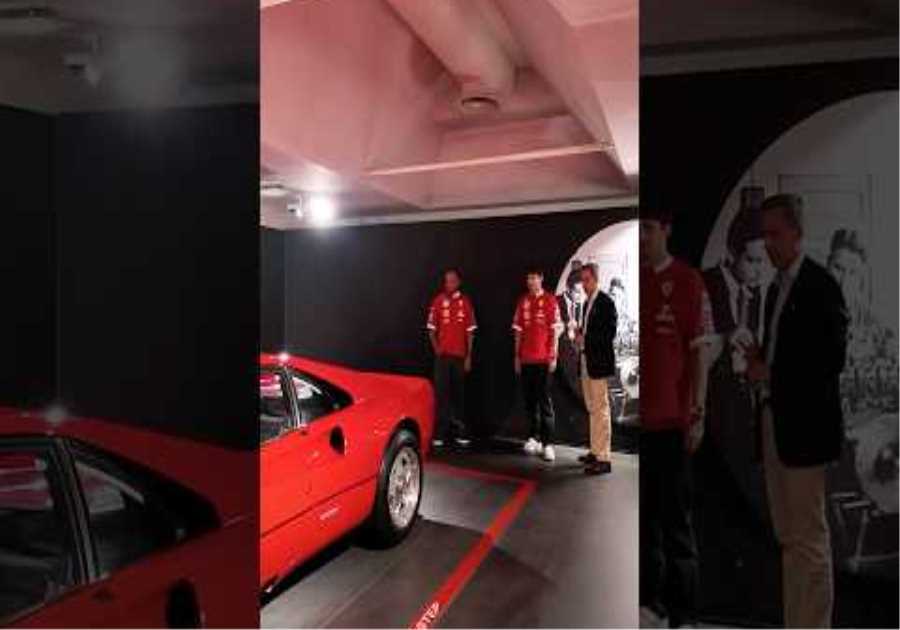
“You can’t have a car like that” confesses Max Verstappen looking back on the biggest Red Bull problems in the 2022 Formula 1 season. Although Verstappen won the 2022 Formula One season with four races to go and a total of 15 victories, it was his title rival Charles Leclerc who won two of the first three races and started the year as world championship leader.
The Ferrari driver could have won even more in the first phase of the year if his team had not had problems with strategy and unreliability.
Verstappen’s Red Bull team also suffered early season retirements due to fuel pump problems, which led to the Dutchman retiring from the races in Bahrain and Australia, which Leclerc won.
He also lost out to his rival in qualifying as the RB18 did not suit his driving style at the time.
“Well, it was simply to do with the weight of the car,” explained the world champion in an exclusive interview with Motorsport.com.
Because the car was well over the minimum weight of 798 kilos at the beginning of the season, which led to additional understeer. The heavy race cars tended to do this in slow corners anyway, which was exacerbated by unexpected handling problems with Pirelli’s 2022 front tyres.
The combination of these problems meant that Verstappen was unable to drive the extremely pointy and agile front end that he prefers. But Red Bull was able to lighten the RB18 and put more load on the front axle to accommodate Verstappen’s preferred handling.
“The excess weight made for an understeery balance,” he confirms. “Once we got rid of that, the car became more agile again. You could really use the front end. At the end of the day, that’s also the way to drive a fast car.”
“A car can’t be fast if it understeers. It’s impossible. Especially with the tires we had this year, which also allow a bit more understeer. You can’t have a car like that,” the Red Bull driver stressed.
Nevertheless, Verstappen still won six races in the first half of the season before the lighter RB18 allowed him to outrun everyone from the summer onwards. Asked how he got used to the early understeer issues, he says:
“To be honest, most of it came from the weight.”
“But the updates we made to the car also helped. It was about understanding the tires – how we can take better care of them, which was certainly not easy.”
MORE F1 NEWS: Wolff concerned about potential Hamilton F1 ban






